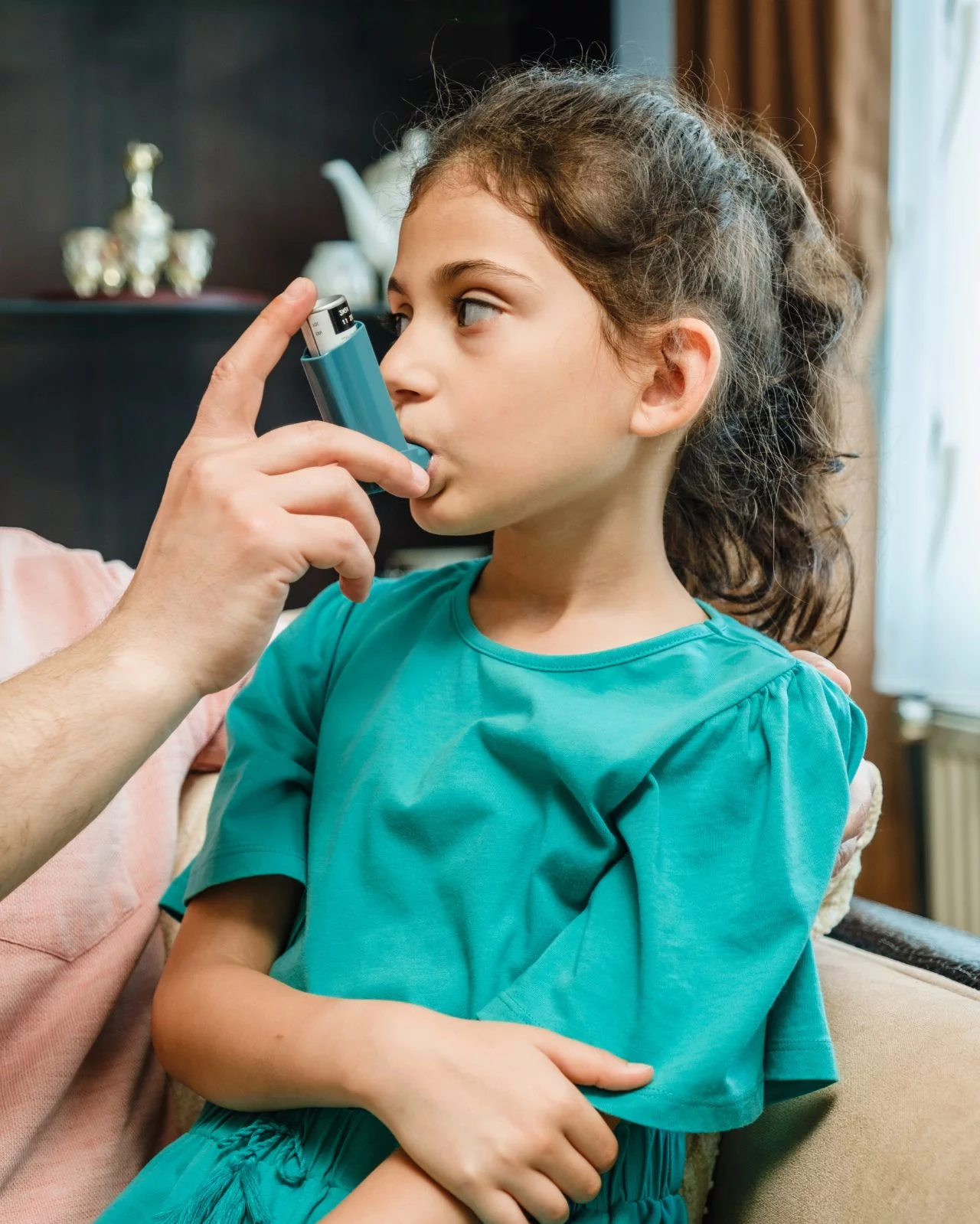These symptoms stem from your nervous system and often involve your vision. They
usually start gradually, over a 5- to 20-minute period, and last less than an hour.
You may:
-
See black dots, wavy lines, flashes of light, or things that aren’t there
(hallucinations)
-
Have tunnel vision
-
Not be able to see at all
-
Have tingling or numbness on one side of your body
- Not be able to speak clearly
- Have a heavy feeling in your arms and legs
- Have ringing in your ears
- Notice changes in smell, taste, or touch
- Attack
A migraine headache often begins as a dull ache and grows into throbbing
pain. It usually gets worse during physical activity. The pain can move from
one side of your head to the other, can be in the front of your head, or can
feel like it’s affecting your entire head.
About 80% of people have nausea along with a headache, and about half vomit.
You may also be pale and clammy or feel faint.
Most migraine headaches last about 4 hours, but severe ones can go for more
than 3 days. It’s common to get two to four headaches per month. Some people
may get migraine headaches every few days, while others get them once or
twice a year.
- Postdrome
This stage can last up to a day after a headache. Symptoms include:
- Feeling tired, wiped out, or cranky
- Feeling unusually refreshed or happy
-
Muscle pain or weakness
-
Food cravings or lack of appetite
- Migraine Causes
Migraine headaches are a symptom of a condition known as migraine. Doctors
don’t know the exact cause of migraine headaches, although they seem to be
related to changes in your brain and to your genes. Your parents can even pass
down migraine triggers like fatigue, bright lights, or weather
changes.
- SUGGESTED
- For many years, scientists thought migraines happened because of changes
in blood flow in the brain. Most now think this can contribute to the
pain, but is not what starts it.
- Current thinking is that a migraine likely starts when overactive nerve
cells send out signals that trigger your trigeminal nerve, which gives
sensation to your head and face. This cues your body to release
chemicals like serotonin and calcitonin gene-related peptide (CGRP).
CGRP makes blood vessels in the lining of your brain swell. Then,
neurotransmitters cause inflammation and pain.
- Migraine Risk Factors
The American Migraine Foundation estimates that more than 38 million Americans
get migraines. Some things may make you more likely to get them:
- Sex. Women have migraines three times more often than men.
- Age. Most people start having migraine headaches between ages 10 and 40. But
many women find that their migraines get better or go away after age 50.
Family history. Four out of five people with migraines have other family members
who get
- them. If one parent has a history of these types of headaches, their child
has a 50% chance of getting them. If both parents have them, the risk jumps
to 75%.
- Other medical conditions. Depression, anxiety, bipolar disorder, sleep
disorders, and epilepsy can raise your odds.
- Migraine Triggers
Some common migraine triggers include:
- Hormone changes. Many women notice that they have headaches around their
period, while they’re pregnant, or when they’re ovulating. Symptoms may also
be tied to menopause, birth control that uses hormones, or hormone
replacement therapy.
- Stress. When you’re stressed, your brain releases chemicals that can cause
blood vessel changes that might lead to a migraine.
-
Foods. Some foods and drinks, such as aged cheese, alcohol, and food
additives like nitrates (in pepperoni, hot dogs, and lunchmeats) and
monosodium glutamate (MSG), may be responsible in some people.
-
Skipping meals
-
Caffeine. Getting too much or not getting as much as you’re used to can
cause headaches. Caffeine itself can be a treatment for acute migraine
attacks.
- Changes in weather. Storm fronts, changes in barometric pressure, strong winds,
or changes in altitude can all trigger a migraine.
- Loud noises, bright lights, and strong smells can set off a migraine.
- Medications. Vasodilators, which widen your blood vessels, can trigger them.
-
Physical activity. This includes exerciseand sex.
-
Tobacco
-
Changes to your sleep.You might get headaches when you sleep too much or not
enough.
-
SUGGESTED
- Migraine Types
- There are several kinds of migraines. The most common are migraine with aura
(also known as a classic migraine) and migraine without aura (or common
migraine).
Other types include:
- Menstrual migraine. This is when the headache is linked to a woman’s period.
- Silent migraine. This kind is also known as an acephalgic migraine. You have
aura symptoms without a headache.
- Vestibular migraine. You have balance problems, vertigo, nausea, and
vomiting, with or without a headache. This kind usually happens in people
who have a history of motion sickness.
Abdominal migraine. Experts don’t know a lot about this type. It causes stomach
pain, nausea,
- and vomiting. It often happens in children and may change into classic
migraine headaches over time.
- Hemiplegic migraine. You have a short period of paralysis (hemiplegia) or
weakness on one side of your body. You might also feel numbness, dizziness,
or vision changes. These symptoms can also be signs of a stroke, so get
medical help right away.
- Ophthalmic migraine. This is also known as an ocular or retinal migraine. It
causes short-lived, partial, or total loss of vision in one eye, along with
a dull ache behind the eye, which may spread to the rest of your head. Get
medical help right away if you have any vision changes.
- Migraine with brainstem aura. Dizziness, confusion, or loss of balance can
happen before the headache. The pain may affect the back of your head. These
symptoms usually start suddenly and can come along with trouble speaking,
ringing in your ears, and vomiting. This type of migraine is strongly linked
to hormone changes and mainly affects young adult women. Again, get these
symptoms checked out by a doctor right away.
- Status migrainosus. This severe type of migraine can last more than 72
hours. The pain and nausea are so intense that you may need to go to the
hospital. Sometimes, medicines or medication withdrawal can cause them.
Ophthalmoplegic migraine. This causes pain around your eye, including
paralysis of the muscles around it. This is a medical emergency because the
symptoms can also be caused by pressure on the nerves behind the eye or by
an aneurysm. Other symptoms include a droopy eyelid, double vision, or other
vision changes.
- SUGGESTED
- Migraine Frequency
Doctors divide migraine into three levels of frequency.
Episodic migraine means you get migraine now and then. High-frequency
episodic migraine means you get eight to 14 headache days per month. This
condition also makes you more likely than others to develop chronic
migraine.
Chronic migraine means you have headache on more than 15 days of the month
and eight of those days have migraine features such as:
-
Moderate to intense head pain
- Pain is on side of head (one or both)
- Pain throbs or pulsates
- Pain gets worse when you move
- You have nausea or vomiting
- You’re sensitive to light and sound
About 12% of Americans get migraine from time to time, but only about a third of
those have chronic migraine.
Chronic and even high-frequency episodic migraine can be disabling conditions.
And the higher the pain intensity of each headache, the more disabling it can
be. That’s why it’s especially important to work closely with your doctor on a
treatment plan.
- Are Migraines Curable?
There’s no cure for migraines yet. But medications can help prevent or stop them,
or keep your symptoms from getting worse.
You can also avoid things that trigger your migraines. Lifestyle changes like
easing stress and having good sleep habits can help, too.
- Are Migraines Fatal?
Most migraines don’t cause lasting harm.
Rarely, you can have a complication called migrainous infarction. That’s when you
have a stroke while you’re having a migraine. But there’s no evidence migraine
can trigger a stroke.
It’s extremely rare, but a hemiplegic migraine can sometimes lead to a coma or
other serious complications.
A very intense headache that starts suddenly can be a sign of another, more
serious condition, like a stroke or aneurysm. Get medical help right away if
this happens.


